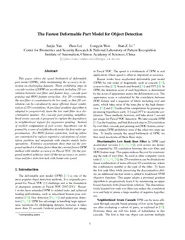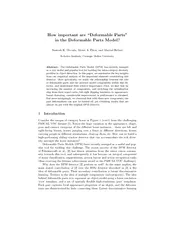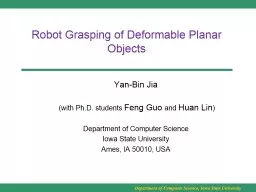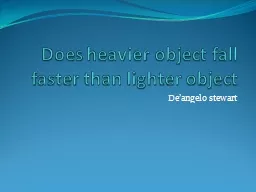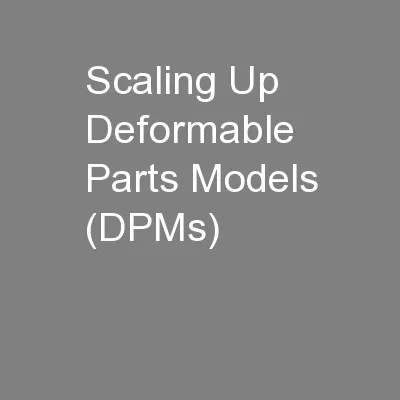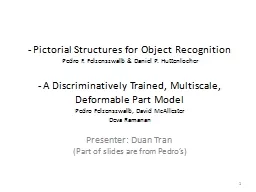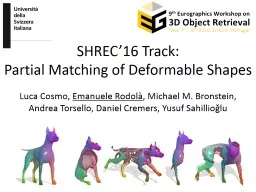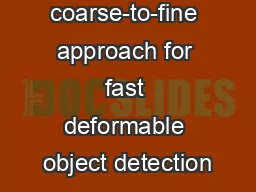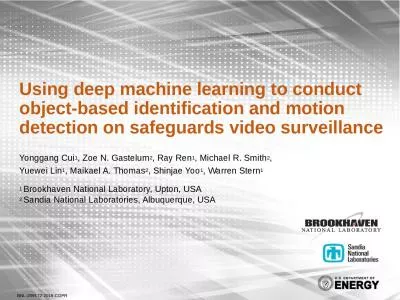PDF-The Fastest Deformable Part Model for Object Detection
Author : olivia-moreira | Published Date : 2015-05-26
Li Center for Biometrics and Security Research National Laboratory of Pattern Recognition Institute of Automation Chinese Academy of Sciences China jjyanzleilywenszli
Presentation Embed Code
Download Presentation
Download Presentation The PPT/PDF document "The Fastest Deformable Part Model for Ob..." is the property of its rightful owner. Permission is granted to download and print the materials on this website for personal, non-commercial use only, and to display it on your personal computer provided you do not modify the materials and that you retain all copyright notices contained in the materials. By downloading content from our website, you accept the terms of this agreement.
The Fastest Deformable Part Model for Object Detection: Transcript
Download Rules Of Document
"The Fastest Deformable Part Model for Object Detection"The content belongs to its owner. You may download and print it for personal use, without modification, and keep all copyright notices. By downloading, you agree to these terms.
Related Documents

